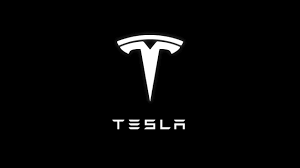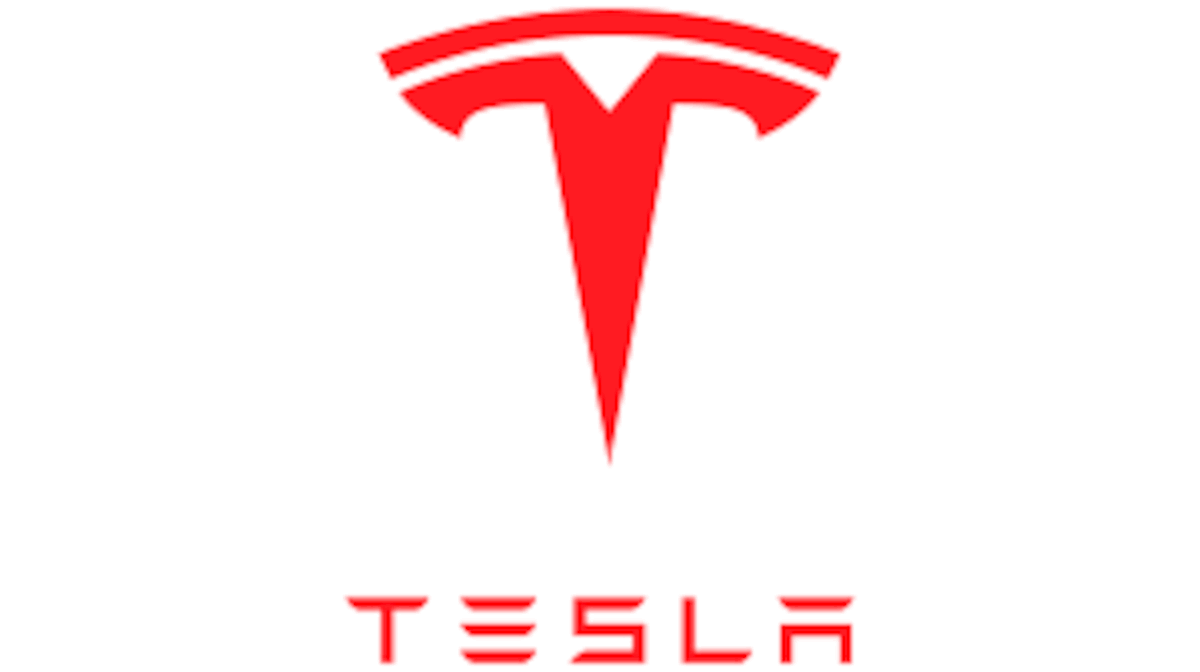The leaked data from Tesla is a significant privacy breach could have severe consequences for the company and its customers. The data includes personal information about employees, customers, and business partners and confidential information about Tesla’s operations. This information could be used for identity theft, fraud, or other malicious purposes.
Data Leak
The leak also raises questions about Tesla’s data security practices. The company is responsible for protecting the personal information of its customers and employees, and the leak suggests Tesla needs to do more to do so.
Tesla has responded to the leak by saying it is investigating the matter and will take legal action against the whistleblower. However, the company still needs to provide details about the investigation or the legal action it plans to take.
The leaked data called ‘ Tesla Files ‘ has below information
- 23,000 files having details of employees, customers and partners
- Private email addresses, phone numbers, salaries of employees, and bank details of customers.
- CEO Elon Musks Social Security No and 100,000 names of former and current employees.
- The leaked data also has 2,400 unintended complaints
- 1,500 complaints of braking problems
- 383 cases related to phantom braking and
- 139 cases related to emergency braking
- The leaked information also has 1,000 crashes related to the recent Autopilot system.

Tesla
The leaked data is a significant setback for Tesla. The company is already facing scrutiny from regulators over its driver-assistance systems, and the leak will only add to the pressure on Tesla. How the company will recover from this incident remains to be seen, but the leaked data has significantly impacted Tesla.
Here are some of the potential consequences of the leaked data:
- Identity theft: The personal information in the leaked data could be used to commit identity theft, leading to financial losses and other problems for the victims.
- Fraud: The leaked data could be used to commit fraud, such as opening fraudulent credit accounts or taking out loans in the victims’ names.
- Malicious attacks: The leaked data could be used to launch malicious attacks, such as phishing campaigns or denial-of-service attacks.
- Damage to Tesla’s reputation: The leak could damage Tesla’s reputation and make it more difficult for the company to attract customers and investors.
Tesla is facing several challenges as a result of the leaked data. The company needs to take steps to protect the personal information of its customers and employees, and it needs to address the concerns raised about its data security practices. If Tesla does not take these steps, it could face further consequences, such as regulatory fines and lawsuits.
What can Tesla do to avoid data breaches?
To avoid data breaches, Tesla can implement the following measures:
- Robust Cybersecurity Infrastructure: Tesla should invest in a strong and comprehensive cybersecurity infrastructure to protect its data. This includes implementing firewalls, intrusion detection systems, and encryption mechanisms to safeguard data from unauthorized access.
- Regular Security Audits: Regular security audits and vulnerability assessments help identify any weaknesses or potential entry points for hackers. These audits can help Tesla proactively address security gaps and implement necessary patches or updates.
- Employee Training: Educating employees about cybersecurity best practices is crucial. Tesla should conduct regular training sessions to raise awareness about phishing attacks, social engineering techniques, and the importance of strong passwords. This will reduce the risk of employees inadvertently compromising sensitive data.
Measures
- Access Controls and Privileges: Implementing strict access controls and privilege management ensures that only authorized personnel can access sensitive data. This includes enforcing strong passwords, multi-factor authentication, and role-based access controls to limit access based on job responsibilities.
- Data Encryption: Tesla should encrypt its sensitive data in transit and at rest. Encryption ensures that even if data is intercepted, it remains unreadable and unusable without the decryption key.
- Regular Software Updates: Keeping software and systems updated with the latest security patches is vital. Tesla should regularly update its operating systems, applications, and firmware to address known vulnerabilities or weaknesses.
- Incident Response Plan: A well-defined incident response plan helps Tesla respond swiftly and effectively to potential data breaches. This plan should include containment, investigation, notification, and recovery steps.
Security
- Third-Party Vendor Security: Tesla should assess the security practices of its third-party vendors and partners to ensure they adhere to the same level of data protection. This includes evaluating their cybersecurity measures and conducting regular audits.
- Data Minimization: Adopting a data minimization approach can reduce the amount of sensitive information stored, thereby minimizing the potential impact of a breach. Tesla should regularly review its data collection and retention practices, disposing of unnecessary or outdated data.
- Continuous Monitoring: Implementing a robust monitoring system allows Tesla to detect any unusual activity or unauthorized access attempts in real time. Intrusion detection systems, security information and event management (SIEM) tools, and log analysis can help identify potential threats promptly.
By implementing these measures, Tesla can significantly reduce the risk of data breaches and protect the privacy and security of its customers’ information.
Source: Inside EEVs





































